Back to Courses


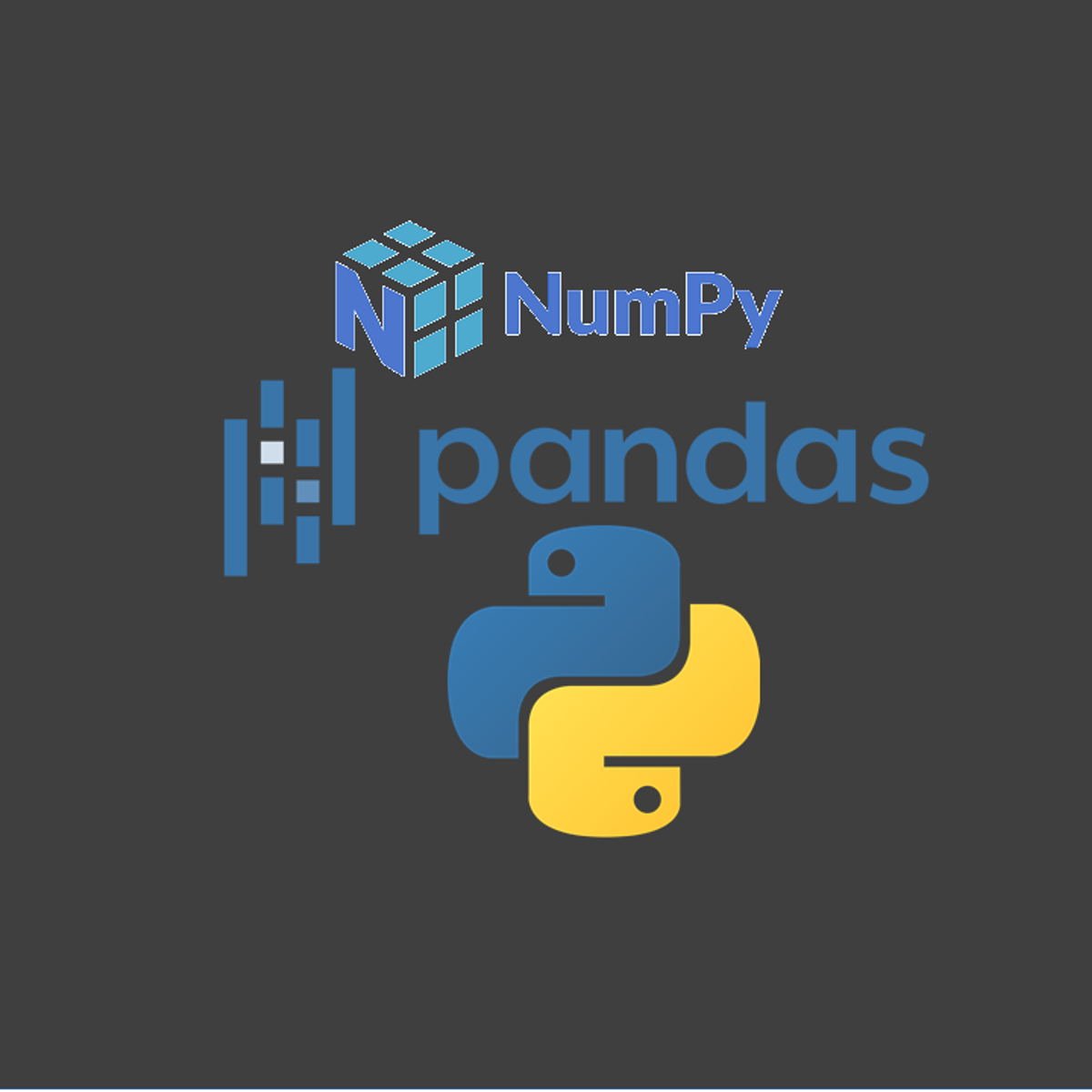
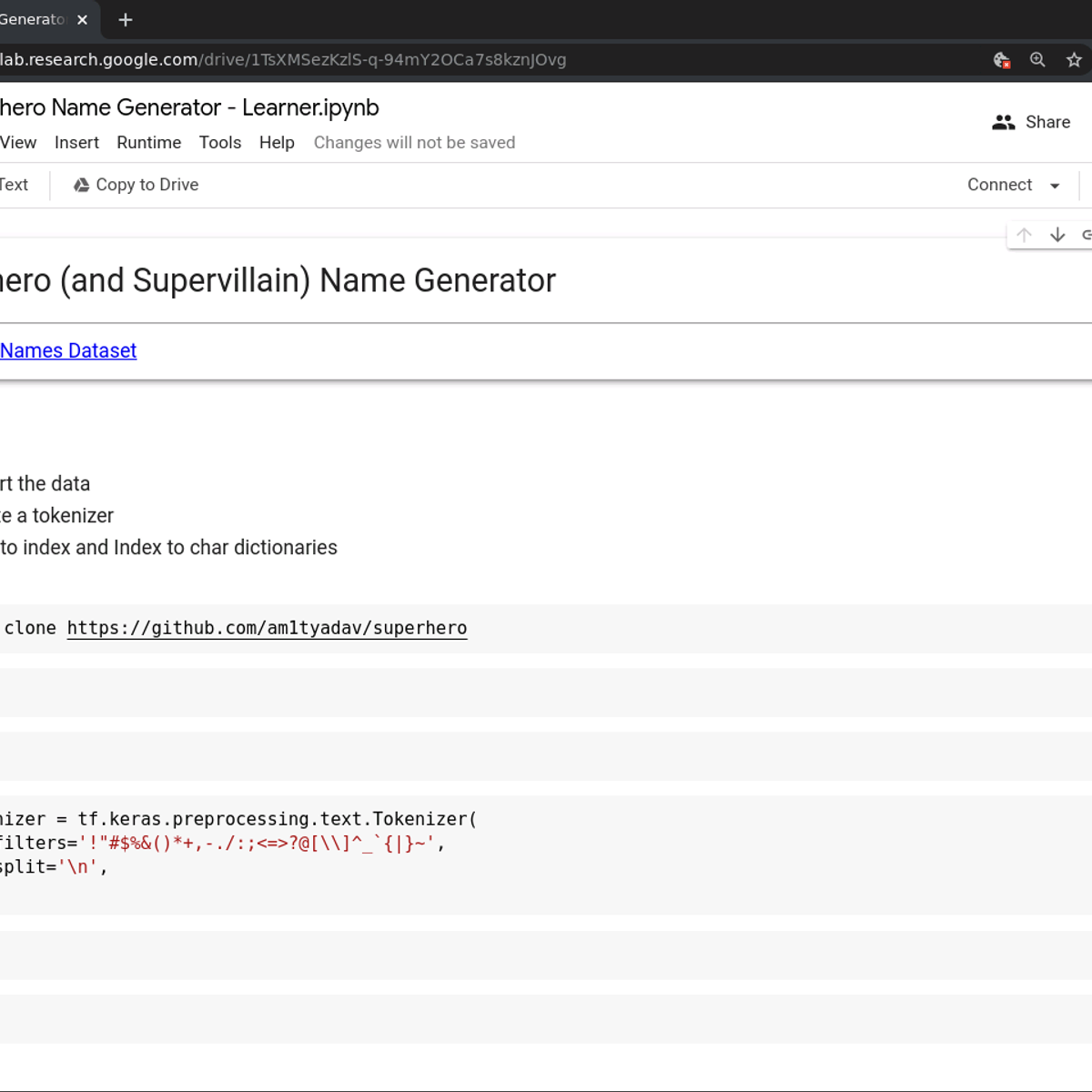
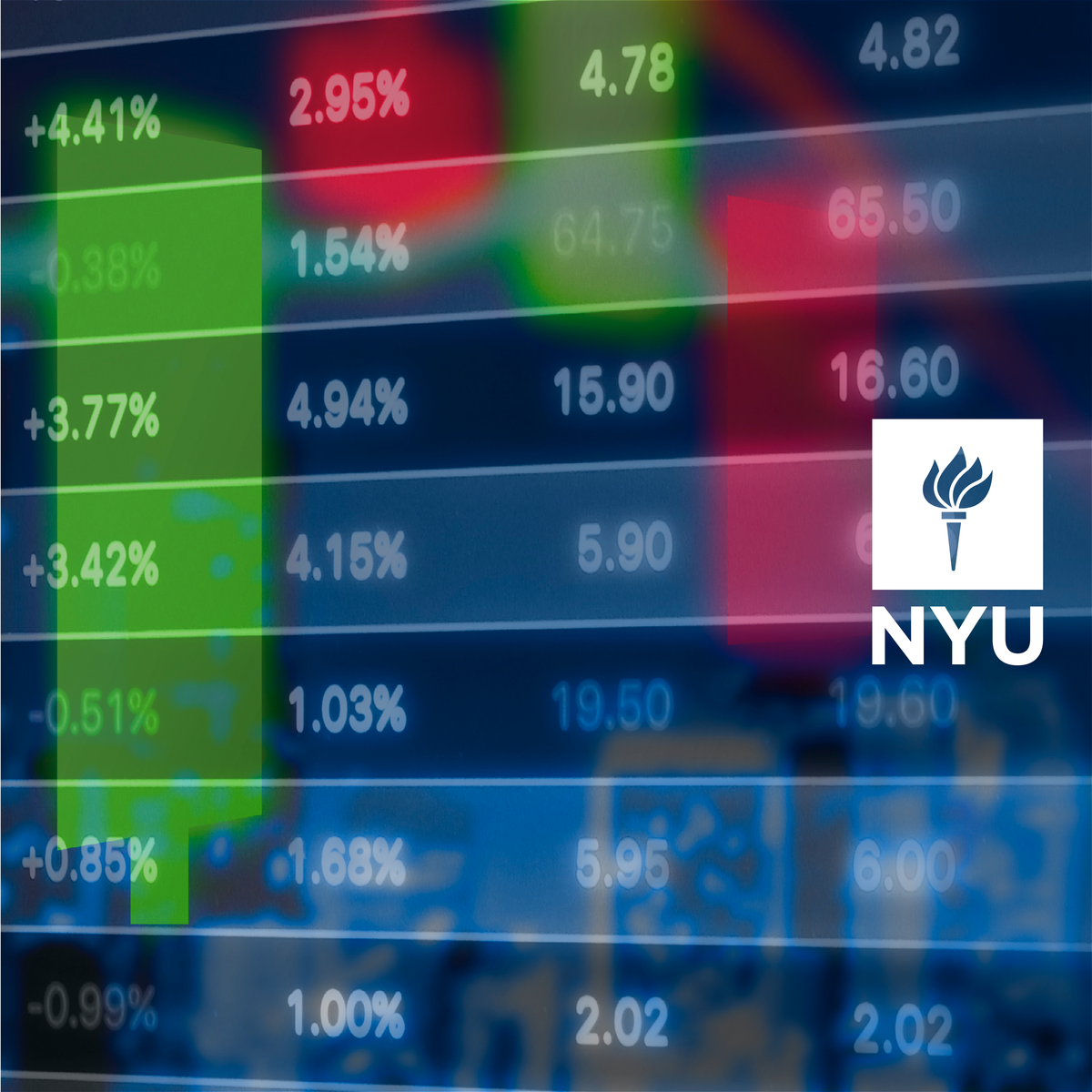
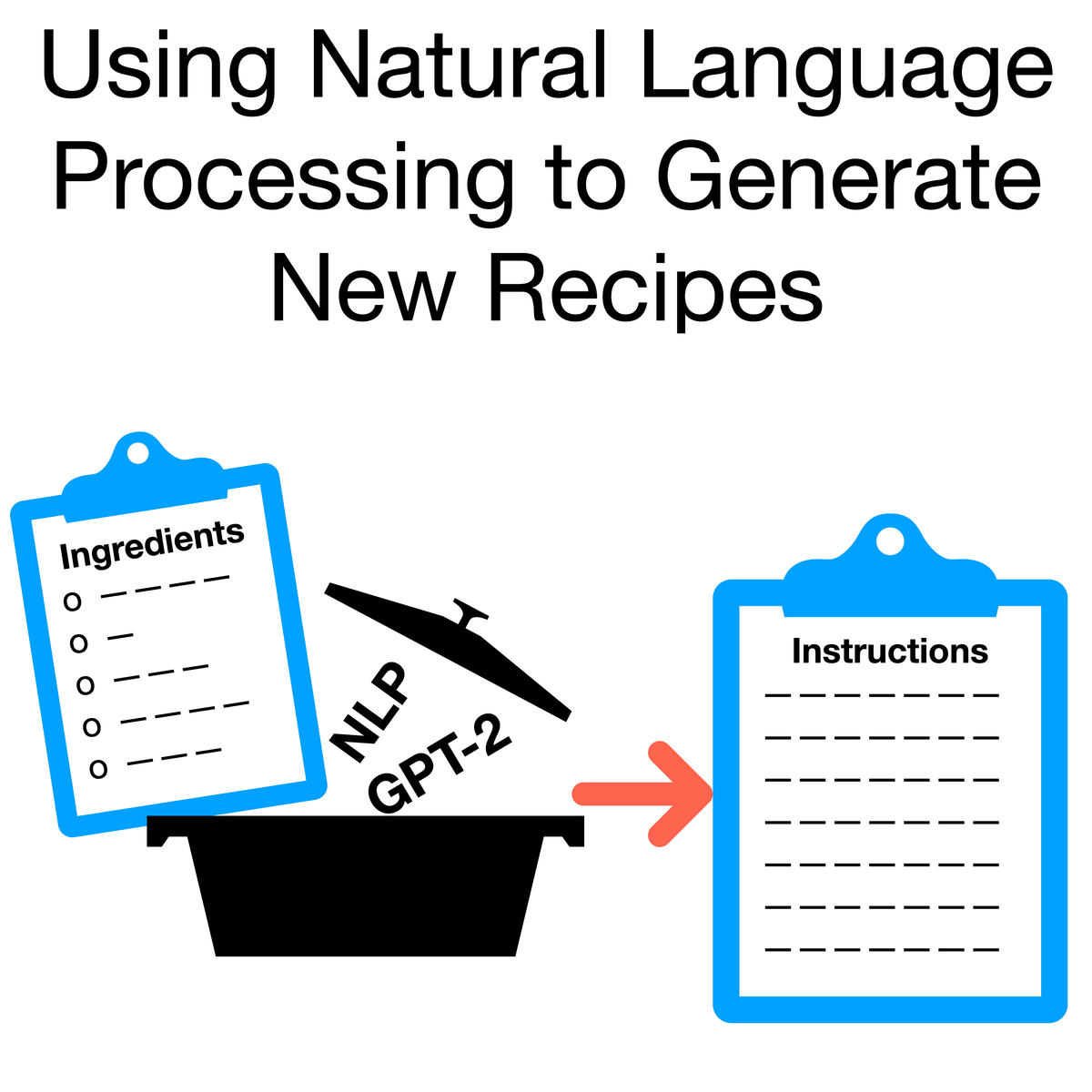
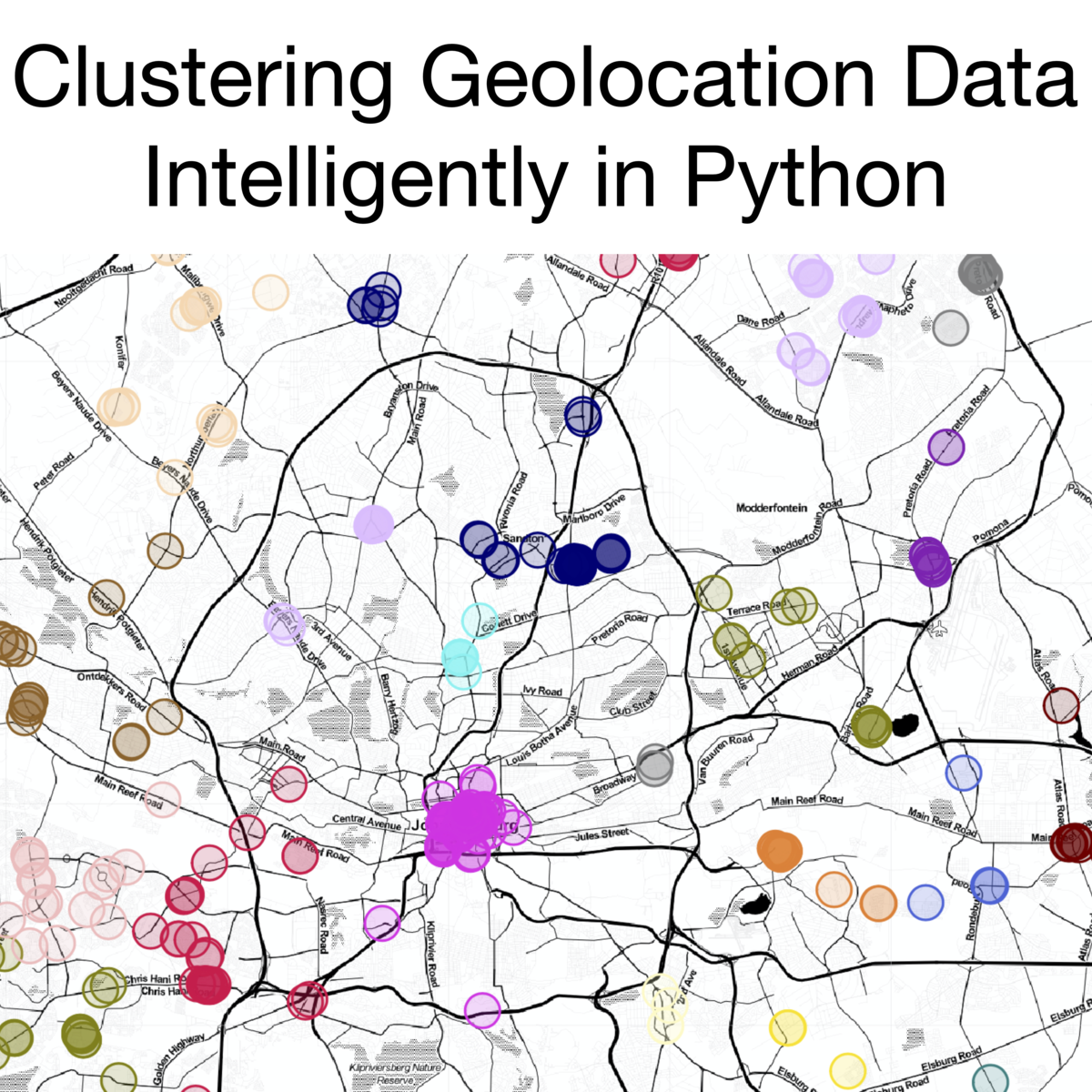
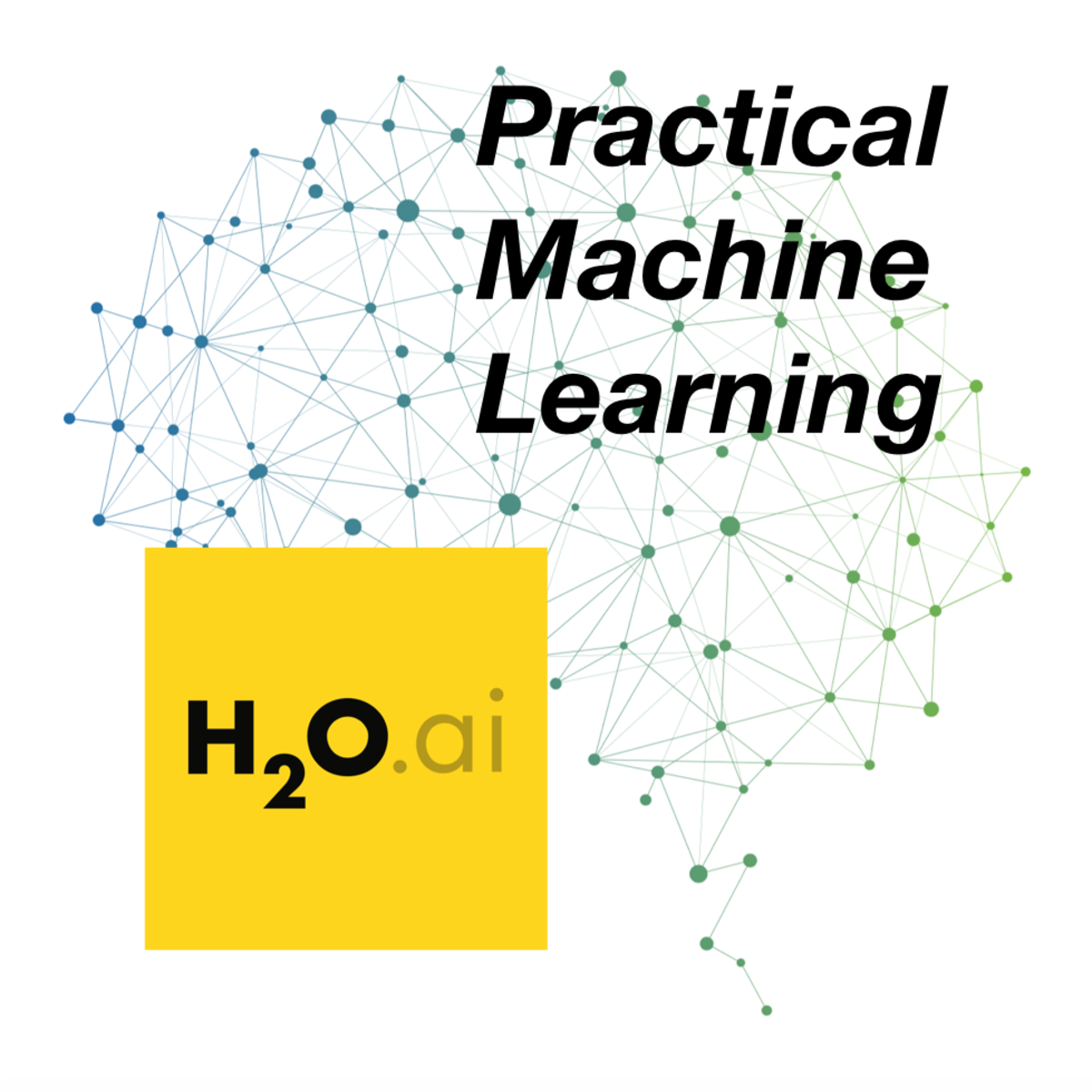

Machine Learning Courses - Page 35
Showing results 341-350 of 485

Bitcoin Price Prediction using Facebook Prophet
In this 1.5-hour long project-based course, you will learn how to create a Facebook Prophet Machine learning Model and use it to Forecast the Price of Bitcoin for the future 30 days.
We will begin by importing all the necessary libraries including Facebook Prophet. Then we will import our dataset and analyze it. Then we will start creating visualizations in Plotly express in order to understand the historical performance of Bitcoin. We will then prepare our data for Facebook Prophet and create a Facebook Prophet Machine learning Model. We will then fit our prepared data to the Facebook Prophet Model and command it to make a Forecast for the future 30 days. We will then Visualize the Forecast using the Prophet’s internal visualization tools and then download the Forecast data.
In the final section, we will go to Google Sheets and learn to extract Financial data of Bitcoin using Google Finance. We will then import the Forecast data into Google Sheets and compare it against the actual data and evaluate the performance of the Model.
Please note that although this project deals with Bitcoin and teaches to make Price predictions, it is for educational purposes only and should not be taken for a piece of Financial advice since Cryptocurrencies like Bitcoin are extremely volatile and speculative.
Basic knowledge of Python programming language is recommended but even those with no prior programming experience will be able to complete this project. You will need a Google account to complete this project.
Note: This course works best for learners who are based in the North America region. We’re currently working on providing the same experience in other regions.

Predicting the Weather with Artificial Neural Networks
In this one hour long project-based course, you will tackle a real-world prediction problem using machine learning. The dataset we are going to use comes from the Australian government. They recorded daily weather observations from a number of Australian weather stations. We will use this data to train an artificial neural network to predict whether it will rain tomorrow.
By the end of this project, you will have created a machine learning model using industry standard tools, including Python and sklearn.
Note: This course works best for learners who are based in the North America region. We’re currently working on providing the same experience in other regions.

AI & Law
About this Course
This four-week course titled AI and Law explores the way in which the increasing use of artificially intelligent technologies (AI) affects the practice and administration of law defined in a broad sense. Subject matters discussed include the connection be between AI and Law in the context of legal responsibility, law-making, law-enforcing, criminal law, the medical sector and intellectual property law.
The course aims to equip members of the general public with an elementary ability to understand the meaningful potential of AI for their own lives. The course also aims to enable members of the general public to understand the consequences of using AI and to allow them to interact with AIs in a responsible, helpful, conscientious way. Please note that the law and content presented in this course is current as of the launch date of this course.
At the end of this course, you will have a basic understanding of how to:
• Understand the legal significance of the artificially intelligent software and hardware.
• Understand the impact of the emergence of artificial intelligence on the application and administration of law in the public sector in connection with the enforcement of criminal law, the modelling of law and in the context of administrative law.
• Understand the legal relevance of the use of artificially intelligent software in the private sector in connection with innovation and associated intellectual property rights, in the financial services sector and when predicting outcomes of legal proceedings.
• Understand the importance of artificial intelligence for selected legal fields, including labour law, competition law and health law.
Syllabus and Format
The course consists of four modules where one module represents about one week of part-time studies. A module includes a number of lectures and readings, and finishes with an assessment – a quiz and/or a peer graded assignment. The assessments are intended to encourage learning and ensure that you understand the material of the course. Participating in forum discussions is voluntary.
Modules
Module 1. AI and Law
Module 2. Legal AI in the Public Sector
Module 3. Legal AI in the Private Sector
Module 4. Selected Challenges
Lund University
Lund University was founded in 1666 and has for a number of years been ranked among the world’s top 100 universities. The University has 47 700 students and 7 500 staff based in Lund, Sweden. Lund University unites tradition with a modern, dynamic, and highly international profile. With eight different faculties and numerous research centers and specialized institutes, Lund is the strongest research university in Sweden and one of Scandinavia's largest institutions for education and research. The university annually attracts a large number of international students and offers a wide range of courses and programmes taught in English.
The Faulty of Law is one of Lund University’s four original faculties, dating back to 1666. It is a modern faculty with an international profile, welcoming both international and Swedish students. Education, research and interaction with the surrounding community are the main focus of the Faculty’s work. The connection between the three is particularly apparent in the programmes and courses offered by the university, including the university’s MOOC course in European Business Law. The students get the chance to engross themselves in traditional legal studies, while interacting with both researchers and professionally active lawyers with qualifications and experience from various areas of law.
The faculty offers three international Masters: two 2-year Master’s programmes in International Human Rights Law and European Business Law, and a 1-year Master’s in European and International Tax Law. Students from around 40 countries take part in the programmes which offer a unique subject specialization within each field, with highly qualified researchers and professional legal practitioners engaged in the teaching.

Python for Data Analysis: Pandas & NumPy
In this hands-on project, we will understand the fundamentals of data analysis in Python and we will leverage the power of two important python libraries known as Numpy and pandas. NumPy and Pandas are two of the most widely used python libraries in data science. They offer high-performance, easy to use structures and data analysis tools.
Note: This course works best for learners who are based in the North America region. We’re currently working on providing the same experience in other regions.

Create a Superhero Name Generator with TensorFlow
In this guided project, we are going to create a neural network and train it on a small dataset of superhero names to learn to generate similar names. The dataset has over 9000 names of superheroes, supervillains and other fictional characters from a number of different comic books, TV shows and movies.
Text generation is a common natural language processing task. We will create a character level language model that will predict the next character for a given input sequence. In order to get a new predicted superhero name, we will need to give our model a seed input - this can be a single character or a sequence of characters, and the model will then generate the next character that it predicts should after the input sequence. This character is then added to the seed input to create a new input, which is then used again to generate the next character, and so on.
You will need prior programming experience in Python. Some experience with TensorFlow is recommended. This is a practical, hands on guided project for learners who already have theoretical understanding of Neural Networks, Recurrent Neural Networks, and optimization algorithms like gradient descent but want to understand how to use the TensorFlow to start performing natural language processing tasks like text classification or text generation.
Note: This course works best for learners who are based in the North America region. We’re currently working on providing the same experience in other regions.

Fundamentals of Machine Learning in Finance
The course aims at helping students to be able to solve practical ML-amenable problems that they may encounter in real life that include: (1) understanding where the problem one faces lands on a general landscape of available ML methods, (2) understanding which particular ML approach(es) would be most appropriate for resolving the problem, and (3) ability to successfully implement a solution, and assess its performance.
A learner with some or no previous knowledge of Machine Learning (ML) will get to know main algorithms of Supervised and Unsupervised Learning, and Reinforcement Learning, and will be able to use ML open source Python packages to design, test, and implement ML algorithms in Finance.
Fundamentals of Machine Learning in Finance will provide more at-depth view of supervised, unsupervised, and reinforcement learning, and end up in a project on using unsupervised learning for implementing a simple portfolio trading strategy.
The course is designed for three categories of students:
Practitioners working at financial institutions such as banks, asset management firms or hedge funds
Individuals interested in applications of ML for personal day trading
Current full-time students pursuing a degree in Finance, Statistics, Computer Science, Mathematics, Physics, Engineering or other related disciplines who want to learn about practical applications of ML in Finance
Experience with Python (including numpy, pandas, and IPython/Jupyter notebooks), linear algebra, basic probability theory and basic calculus is necessary to complete assignments in this course.

Generating New Recipes using GPT-2
In this 2 hour long project, you will learn how to preprocess a text dataset comprising recipes, and split it into a training and validation set. You will learn how to use the HuggingFace library to fine-tune a deep, generative model, and specifically how to train such a model on Google Colab. Finally, you will learn how to use GPT-2 effectively to create realistic and unique recipes from lists of ingredients based on the aforementioned dataset. This project aims to teach you how to fine-tune a large-scale model, and the sheer magnitude of resources it takes for these models to learn. You will also learn about knowledge distillation and its efficacy in use cases such as this one.
Note: This course works best for learners who are based in the North America region. We’re currently working on providing the same experience in other regions.

Clustering Geolocation Data Intelligently in Python
In this 1.5-hour long project, you will learn how to clean and preprocess geolocation data for clustering. You will learn how to export this data into an interactive file that can be better understood for the data. You will learn how to cluster initially with a K-Means approach, before using a more complicated density-based algorithm, DBSCAN. We will discuss how to evaluate these models, and offer improvements to DBSCAN with the introduction of HDBSCAN.
Note: This course works best for learners who are based in the North America region. We’re currently working on providing the same experience in other regions.

Practical Machine Learning on H2O
In this course, we will learn all the core techniques needed to make effective use of H2O. Even if you have no prior experience of machine learning, even if your math is weak, by the end of this course you will be able to make machine learning models using a variety of algorithms. We will be using linear models, random forest, GBMs and of course deep learning, as well as some unsupervised learning algorithms. You will also be able to evaluate your models and choose the best model to suit not just your data but the other business restraints you may be under.

Linear SVM Classification(Soft Margin) -using Scikit Learn
Linear SVM Classification(Soft Margin) -using Scikit Learn
Popular Internships and Jobs by Categories
Find Jobs & Internships
Browse
© 2024 BoostGrad | All rights reserved